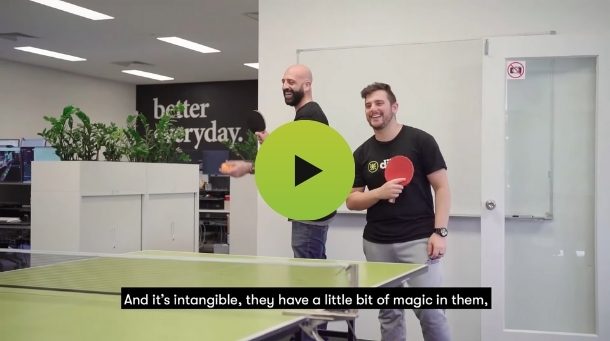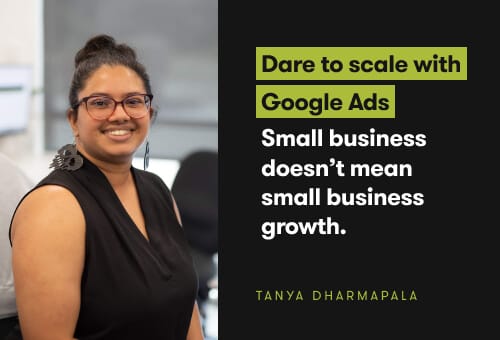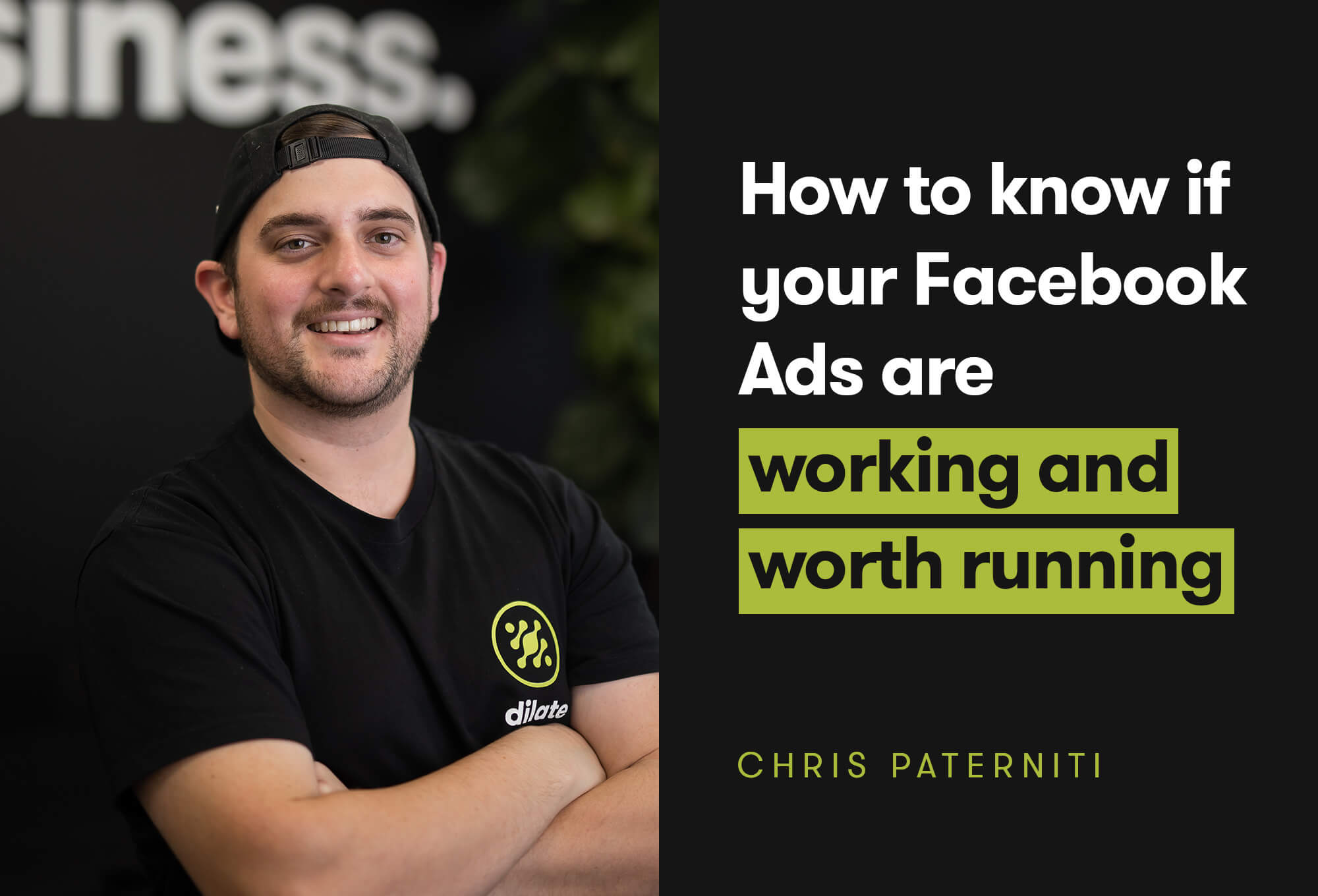
Why the future belongs to brands that think full funnel
Still upping your marketing spend but wondering why results keep dipping? It’s not bad luck — the rules have changed.
Ten years ago, I could throw up a few ads and watch the leads roll in. It sounds ridiculous to say that now, but that was the reality. The competition was lighter, the algorithms were simpler, and the cost to play was low. You didn’t need to think about your brand or your customer journey. You just needed to be visible.
Those days are gone.
Today’s market is crowded, creative-heavy, and unforgiving. You’re no longer the only one shouting; you’re one voice in a packed stadium. Platforms have evolved, buyers are smarter, and cheap wins are long gone.
If you’re still trying to ‘performance-market’ your way through 2025, you’re probably feeling the squeeze: more spend, less stability, and inconsistent returns.
I know because I’ve seen it — again and again.
The death of ‘just ads’
When I started out, digital marketing was simpler. Google Ads were cheap. Facebook was the Wild West. You could target almost anyone, run a few decent creatives, and get instant results.
It worked — until it didn’t.
Over the years, I watched campaigns that had been reliable for months suddenly fall flat. The audience stopped converting, the costs crept up, and clients started asking, “Why is this happening?”.
The answer to that? We were playing in the smallest part of the funnel — only the bottom 5–10% of people who were already ready to buy.
And when you only target that small group, there’s a ceiling. You eventually exhaust the pool.
If you’ve ever found yourself saying, “It’s been working fine… until recently,” — that’s why. You’ve tapped out your bottom-of-funnel audience, and there’s no pipeline above it feeding new demand.
More competition, smarter buyers, shorter patience
The biggest change I’ve seen in the last decade isn’t just the cost per click. It’s the consumer.
Buyers today don’t just take your word for it. They compare. They research. They scroll through three other tabs before they even think about filling out your form.
They’re seeing you on Meta, your competitor on TikTok, someone else on YouTube — and they’re subconsciously deciding who’s the most credible, the most helpful, the most human.
If your message isn’t clear across every touchpoint, you’ll lose them before they even get to your landing page.
That’s why we talk so much about the full funnel approach. Performance marketing alone isn’t enough anymore. It’s like playing only the last two minutes of a football match and wondering why you’re not winning the season.
Full-funnel marketing is brand insurance
One of my favourite analogies is this: marketing is like weather.
You can have sunshine one week, leads pouring in, ads performing beautifully, and then out of nowhere, a storm hits. Meta changes its algorithm. Search volumes shift. Competitors undercut your bids.
If all your marketing lives in one place, that storm wipes you out.
That’s why I call full-funnel strategy brand insurance.
When your brand has clarity, strong foundations, and multi-channel visibility, a single platform change doesn’t shake you. You’ve built a weatherproof engine that keeps running, no matter what happens above the surface.
The framework that changed how we work
At Dilate, we call it our Clarity → Foundations → Growth framework.
It’s simple — but it’s everything.
1. Get clarity
This is where every successful marketing strategy starts.
It’s about understanding who your customers really are — not just demographics, but motivations. What keeps them up at night? What do they want now? What do they want in the future? What objections do they have? What information do they need before they trust you?
For most businesses, this means building out detailed buyer personas, running a brand workshop, and aligning on your tone of voice and messaging.
Without this phase, every ad becomes a guess — reactive rather than strategic, short-term rather than future-proof.
If you want to go deeper on this, check out What Is Brand Positioning and How Is It Crucial to Your Business?
2. Build foundations
Once you know who you’re speaking to, you can build the assets that speak to them.
This includes your:
- Website (your digital storefront)
- Content (the copy on your website, blogs, videos, infographics)
- Brand visuals and photography
- Email database and segmentation
- Organic and paid social setup
I can’t tell you how many times I’ve seen businesses pour money into ads when their website or landing page isn’t ready to convert. It’s like inviting people to dinner before the kitchen’s built.
This is where you set the stage for scale. The right foundations turn brand consistency from a buzzword into a growth driver.
You might also like to read: What Is a Customer Journey Map and Buyer Persona?
3. Drive growth
This is where performance marketing finally fits — but now it actually works.
When you’ve done the work upfront, every ad dollar goes further because it’s backed by proper research, strategy, and assets designed to convert to the right audience.
At this stage, you can run integrated campaigns across paid, organic, email, and social — each one mapped to a stage in the buyer journey.
And because your messaging is aligned, your results become consistent.
Read more on this topic: Performance vs Creative: Why You Can’t Win Without Both
Why so many businesses resist this
Even with all the evidence, I still meet business owners every week who say things like:
- “It’s working fine — why change it?”
- “I don’t have the budget for branding.”
- “I just want to run some ads.”
And I get it. When something’s worked before, it’s hard to imagine it not working tomorrow.
But the truth is that kind of short-term thinking is what caps most businesses’ growth.
You can only play reactive marketing for so long before you hit turbulence — a few good months followed by a few bad ones. The clients who grow consistently are the ones who embrace the full-funnel mindset early. They treat marketing as an ecosystem, not a slot machine.
In my experience, the best work comes from clients with a growth mindset — the ones who want to build something that lasts.
Don’t wait for the storm
If you’re relying on one channel right now, and if your Google Ads or Meta campaigns are doing all the heavy lifting, ask yourself:
- What happens when that storm hits?
- What if costs double next month? What if your best-performing campaign stops converting?
A full-funnel strategy doesn’t just protect you from those scenarios. It helps you grow beyond them, and potentially tap into a wider audience.
Because when your brand message is clear, your assets are strong, and your channels are diversified, growth becomes predictable, consistent and scalable.
That’s the kind of marketing engine we build at Dilate. One that doesn’t flinch when the market shifts — because it’s already prepared for it.
Growth doesn't happen by chance, it happens by design
The question isn’t whether performance marketing still works; it’s whether it’s still enough on its own.
For most businesses in today’s landscape, the answer is no.
If you want to build something sustainable, not just successful for a few good months, you need clarity, you need foundations, and you need a strategy that can survive whatever’s coming next.
Because what worked yesterday won’t work tomorrow. And that’s exactly why we evolve.
Change is constant — but growth is a choice. Dilate helps brands grow through what’s next with clarity, creativity, and a strategy that goes the distance.
















